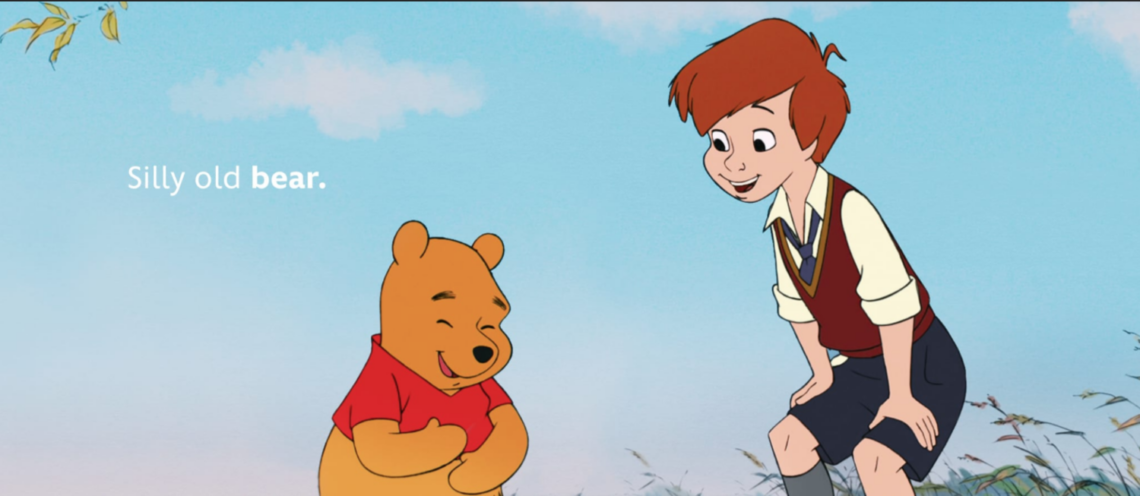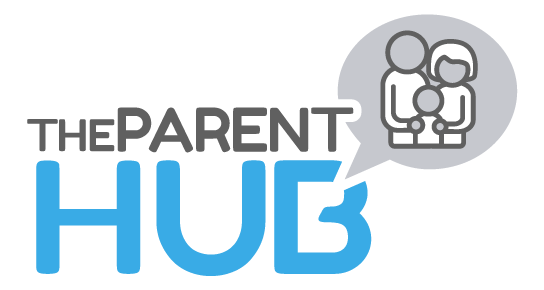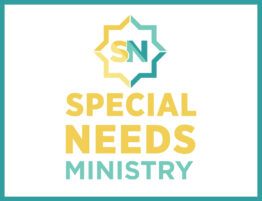
A question I get asked loads of times is this; “How can I explain special needs to children?”
The answer depends on the context, as there are different ways that this can be responded to, determined by who needs the answer. Are we responding to a question from a child with special needs themselves? “Why am I different?” Are we responding to a perceived question from within a children’s group, “Why are they different?” Or are we trying to figure out an answer to a question we’re asking ourselves, “How do I include everyone’s differences?”
A starting point as we try to navigate a path through these questions is to grapple with a rather large issue: what is “different?” All of the questions above have been, rather crudely I admit, couched in a way that includes the word “different” or “difference.” The questions are all based on questions that I, and I’m sure many of you, have been asked many times. But what is “different?” Different to what, or to whom?
We are all different, unless we have an identical twin, so there is really no such thing as a “normal” person to be different to; we are all different to each other. So where is the line drawn that causes us to ask the questions in the previous paragraphs? Is someone considered to be on the other side of that line if they have red hair? Or one green eye and one brown? Or are under or over a certain height? What about if they have a birthmark?
Hopefully we have moved on from the time when people would be stared at and thought to be “different” because of the color of their skin, although recent news suggests this may not entirely be the case yet. So where is that line, who gets to draw it, and why should people with special needs or disabilities find themselves on the “wrong” side of it so often? On the side that isn’t “normal?”
One suggestion I give to people trying to explain this to children is to gather them all together. Ask them what is different about each of them, compared to the rest of the group. I encourage them to include affirming differences such as “I’m good at football,” or “I collect unicorns,” as well as things that are physical differences such as “I’m taller,” or “I have freckles,” for example. Then ask them if they can remember a time when they have needed a bit of extra help or support, prompting them to remember times such as when they fell out of a tree and broke their arm, or when they were sad because their pet had died, or when they were sick.
It is then easier to use these examples to help them better understand that everyone is “different;” none of us is “normal;” there is no such thing! And all of us have times when we need a bit of extra support or help, whether we have a special need or disability or not. Helping children to understand this through their own experiences will help to give them a reference point to be more accepting of others.
Source: Special Needs Parenting- Key Ministry

